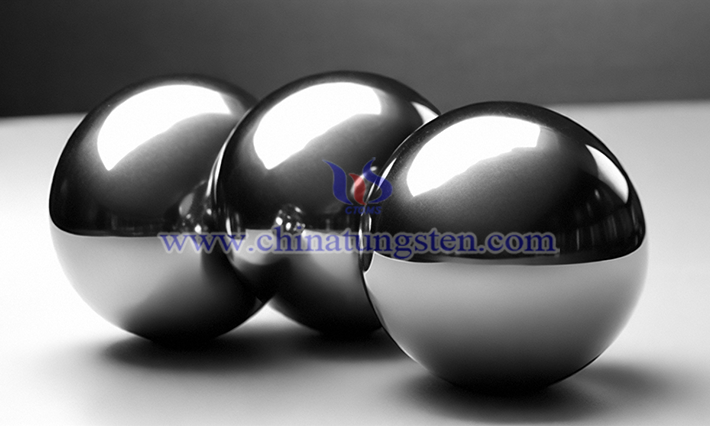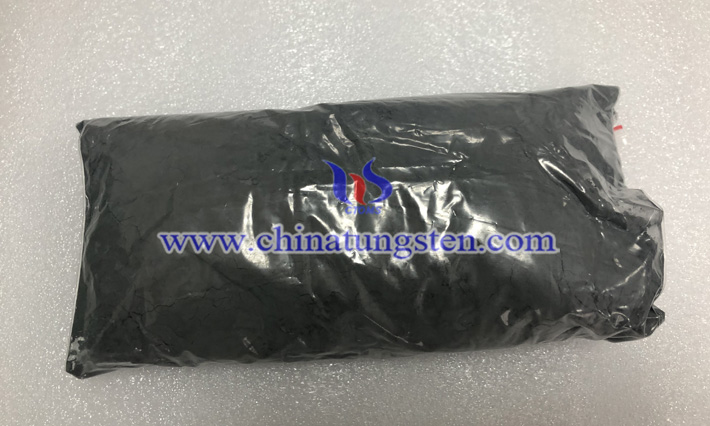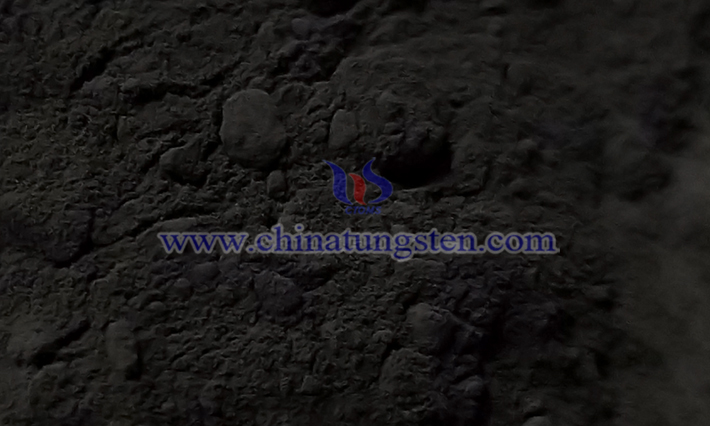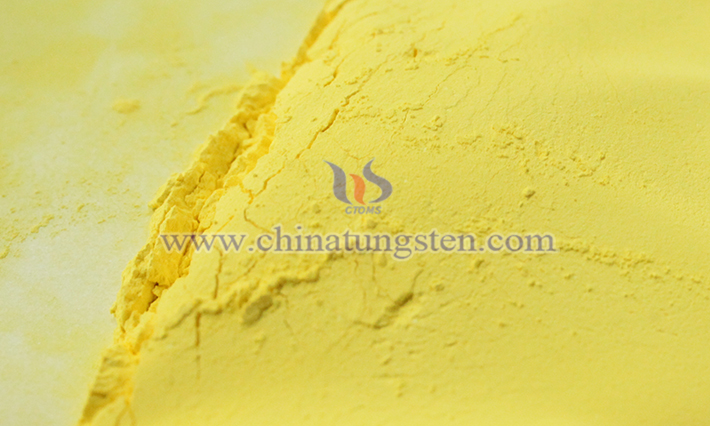China Tungsten Price Has Seen a Weak Adjustment on September 7, 2023
- Details
- Category: Tungsten's News
- Published on Friday, 08 September 2023 17:57
- Written by Shuxia
- Hits: 858

Analysis of latest tungsten market from Chinatungsten Online
China tungsten price has seen a slight weak adjustment on September 7, 2023, as the persistent weakness in demand from the market's demand side has shaken traders' confidence.
Read more: China Tungsten Price Has Seen a Weak Adjustment on September 7, 2023
China Rare Earth Market - September 8, 2023
- Details
- Category: Tungsten's News
- Published on Friday, 08 September 2023 17:50
- Written by Shuxia
- Hits: 917

As of September 8, 2023, China rare earth market has shown an overall stable upward trend in prices for the week. This trend can be primarily attributed to the generally strong speculative sentiment among suppliers.
China’s Ganzhou Tungsten Association Raised Average Tungsten Forecast Prices for September 2023
- Details
- Category: Tungsten's News
- Published on Friday, 08 September 2023 17:43
- Written by Shuxia
- Hits: 882

Analysis of latest tungsten market from Chinatungsten Online
The tungsten prices in the Chinese market remain stable in early September 2023 with listed tungsten enterprises and Ganzhou Tungsten Association (GTA) releasing their guide prices for September 2023.
Chinese Molybdenum Prices - September 8, 2023
- Details
- Category: Tungsten's News
- Published on Friday, 08 September 2023 17:46
- Written by Shuxia
- Hits: 731

This week, Chinese molybdenum prices have remained relatively stable with no significant fluctuations. Amid the interplay of various factors affecting the market, there has been intense price bargaining between buyers and sellers. As a result, market trading activity remains subdued, with relatively low actual transaction volumes.
China’s Xiamen Tungsten Raised APT Bid Price for the First Half of September 2023
- Details
- Category: Tungsten's News
- Published on Wednesday, 06 September 2023 18:13
- Written by Shuxia
- Hits: 822

Analysis of latest tungsten market from Chinatungsten Online
The ammonium paratungstate (APT) and tungsten powder prices in the Chinese market are unchanged from the previous trading day on September 5, 2023 with market confidence weakening.
Read more: China’s Xiamen Tungsten Raised APT Bid Price for the First Half of September 2023





 sales@chinatungsten.com
sales@chinatungsten.com